When Bodhi Linux came out with version 3.1.0 a week or so ago, the distro’s founder and lead developer, Jeff Hoogland, made it clear on the Bodhi website that this was a milestone release.
“This release is a bigger deal for the Bodhi team than our previous update releases have been in the past,” he wrote. “The reason for this is because this release is the first to use the Moksha Desktop which we have forked from E17. Because it is built on the rock solid foundation that E17 provides, even this first release of the Moksha Desktop is stable and is something I feel comfortable using in a production environment.”
 Learning of this, and being a big Bodhi fan, I was eager to download and install this new version to take the newly forked desktop for a spin, which I did earlier this week.
Learning of this, and being a big Bodhi fan, I was eager to download and install this new version to take the newly forked desktop for a spin, which I did earlier this week.
For those who don’t know, since its inception back around 2011, Bodhi Linux’s biggest reason for being is as a showpiece for the Enlightenment desktop. Unfortunately, it turned out that it was really Enlightenment version 17 that was on show, and when Enlightenment moved on to 18 about a year and a half ago, and in subsequent releases, the Bodhi team began to realize that the desktop wasn’t going in the direction they would have hoped.
In fact, in April, Hoogland wrote that the direction being taken by Enlightenment was the main reason why he temporarily resigned as Bodhi’s lead developer last September.
“The E18 desktop was so bad Bodhi skipped it entirely (although you can still find old packages in the 2.4.0 testing branch),” he wrote. “When E19 released in the fall of 2014 it did make things better, but that was not difficult considering the mess E18 was.
“E19 was usable enough that I gave it an honest try. I spent hours working with the upstream developers and filing bug reports. The biggest issue was that almost none of the Enlightenment developers were using E19 as their daily desktop. As soon as it was released they jumped on to their next rewrite – E20.
“After my umpteeth bug report was met with ‘Works with E from Git’ I was ready to call it quits. In fact for several months I did essentially quit. I was so frustrated I stepped away from the project I had devoted countless hours to over four years.”
Hoogland eventually returned to Bodhi, in time to oversee the release of Bodhi 3.0.0, using the E19 desktop.
“However, we did not just offer the E19 desktop,” he wrote. “Our ‘Legacy’ image targeted at old computers still used the E17 desktop. The reason for this is because E19 was no longer as lightweight and it performed very poorly on older hardware.”
This being open source, however, the Bodhi team had a solution: fork Enlightenment 17 and create a brand spanking new desktop, Moksha.
Does this mean that that the newly forked desktop will forever be basically a clone of the old E17, or is it destined to eventually become a desktop in its own right, as most of the GNOME forks have done? I put the question to Hoogland via email as I was downloading the latest and greatest Bodhi with Moksha.
“Maybe,” he said. “We like what E17 had to offer and in reality are just bug fixing and polishing what is already here and functional. I don’t believe in progress just to increase a version number or just to change things. Changes need to have a purpose.”
I also asked what specific plans the Bodhi folks have for further development of the once and future desktop.
“The only major change we have for Moksha is a rewrite of E17’s configuration panel,” he answered. “In addition to doing everything Enlightenment’s current panel does — with search functionality and other things users expect — Moksha’s new configuration panel will include system settings like user management, time zone configuration, and other things you need to administer your system. No time line on this, but ideally it will be ready for our 4.0.0 release at the end of summer 2016.”
Cool. And how much of a difference will users see between the Moksha and Enlightenment versions of Bodhi?
“If you are using vanilla Enlightenment,” he wrote, “Moksha has a more neutral default appearance as well as some additional modules, like the integration of third party file managers and compiz desktop effects.”
This is probably going to turn out to be a good move for Bodhi, and a chance for the distro to distinguish itself. While Moksha will most likely always show its E17 DNA, there’s little doubt that over time it will evolve into a desktop experience that will be unique to Bodhi. This will also give the devs at Bodhi the ability to continue to develop the operating system unconstrained by what happens upstream at Enlightenment.
I’ll have a review of Bodhi 3.1.0 sometime after noon tomorrow EDT. In the meantime, I’ll leave you with a little teaser, a screenshot of the default Moksha screen in 3.1.0.
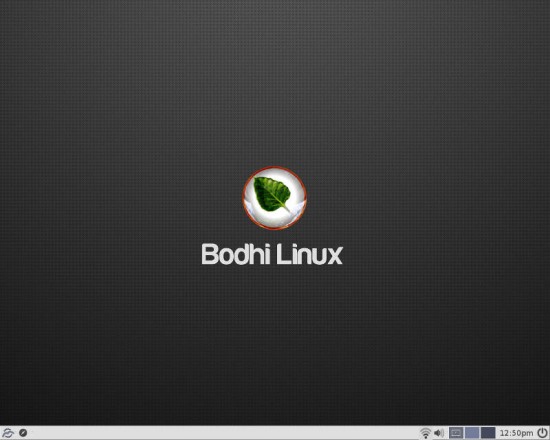
Help keep FOSS Force strong. If you like this article, become a subscriber.
Christine Hall has been a journalist since 1971. In 2001, she began writing a weekly consumer computer column and started covering Linux and FOSS in 2002 after making the switch to GNU/Linux. Follow her on Twitter: @BrideOfLinux




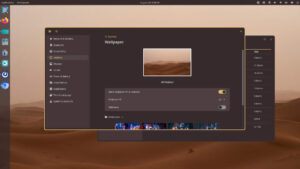
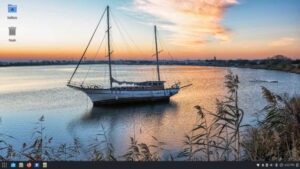
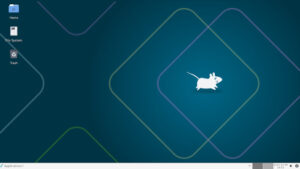
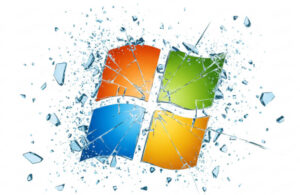
I have an old machine here, an Intel core Duo at around 1.8 GHz. Due to previous Foss Force articles I have tried Bodhi. I just could not get on with it. However, it did run in the old machine, unlike the newer versions of Mint etc. (Very slow)
When I saw Bodhi 3.1.0 in Distrowatch, I thought I would give it another go.
On my machine you had to force xvesa to get the live cd (Yes! a CD) to give any display. Installed fine, no problems. Update also fine.
Now the bit I could never get on with – setting it up. What the developers have done to E17’s fork I do not know, but I found that I could now get an intuitive feel for it and literally raced through getting the set-up how I wanted, and downloading various apps.
No where near as ‘pretty’ as my openSuse KDE system, but it is not meant to be. (No ‘Bling’ Ken)
Midori crashed a few times but restarted where it left off. (Google reports that Midori is Safari. I even downloaded Libreoffice 5 and managed to install the .deb files. Seems to run perfectly, by the way.
So from my point of view, Bodhi and Moksha are doing a good job.
LOL Richard…actually we will be setting up a 10 laptop after school learning lab in the coming days and all of those laptops are old dual core Acers. I was going to put a stock Lubuntu on them because I’ve used it before and it’s a good system for resource-challenged machines. However, I think I’ll give this Bodie release a shot and see if I can’t make it work. The Xvesa ignition is a bit of a bother and I’ll have to look that up as I haven’t had to use it since my last PCLinuxOS days. Thanks for the quick review. It was enough to merit at least a look.
And no. It’s hard to beat a well-dressed KDE desktop. I know because I have one.